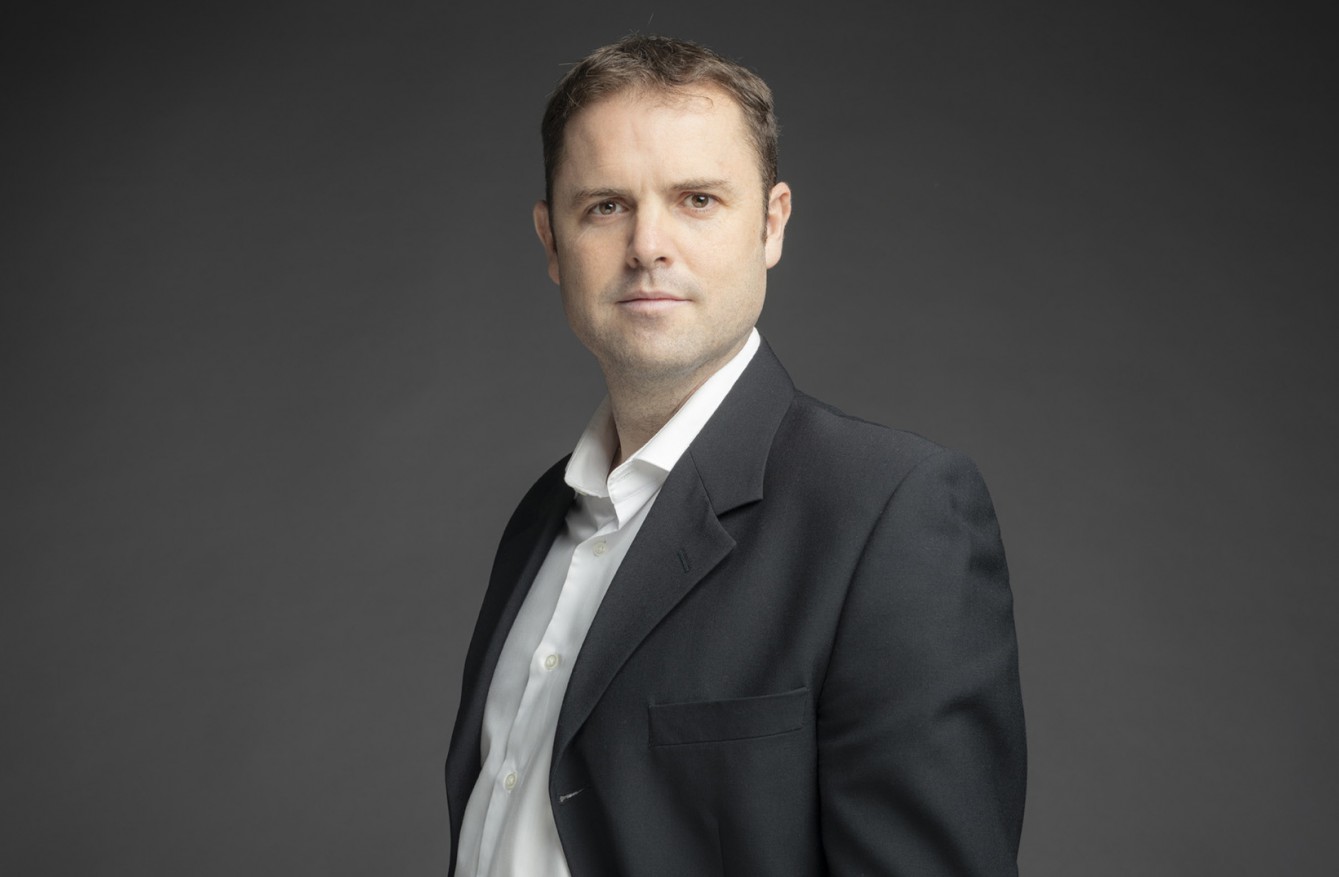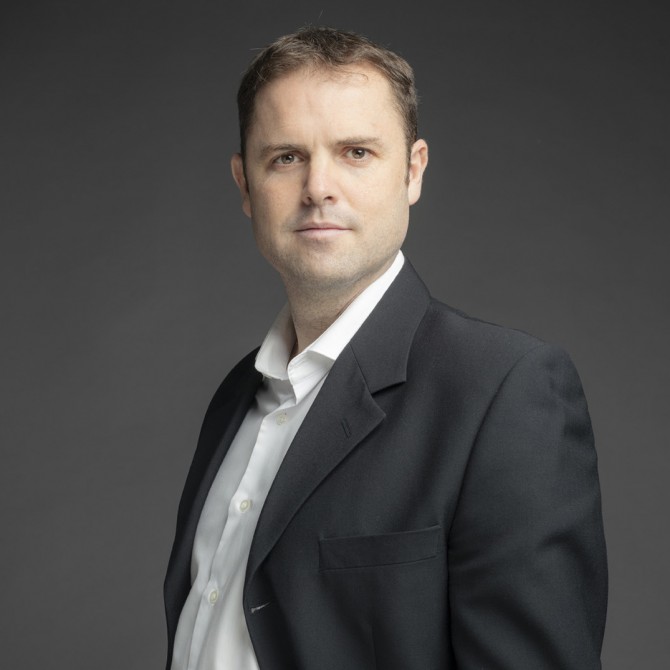“The day has three treasures: The Sun, the Moon and the Stars
Earth has three treasures: Water, Fire and Wind.
The person has three treasures: the Essence, the Energy and the Spirit ”
(ancient Chinese saying)
Both the human being and any of the activities that he performs can be viewed from a tripartite perspective. Each action is governed by an idea that carries an emotion, which is manifested through breathing, and which is conditioned by the physical body.
This three-dimensional conception of any human act can be perceived with absolute clarity through the practice of Qi Gong, a psychophysical discipline belonging to the healing arts of Traditional Chinese Medicine, which seeks to regulate the mind, breath and body.
The performance of an instrument such as the clarinet can also be seen as an activity in which three interdependent areas concur:
-
-
- The musical idea that is related to the understanding of the musical text and that determines what we want to carry out through our sound throughout a musical work; in short, a whole sound strategy that unfolds along the different structural levels of said work (phrases, sections and movements).
- The movement of sound that is directly dependent on the movement of air and that embodies the emotion that underlies the musical idea.
- The physical body that allows the two previous levels to be carried out and that integrates all the instrumentalist's technique plus the optimal quality of the instrument with which it is interpreted.
-
This classification is a tool of great value in the teaching of the clarinet as it helps the teacher to distinguish which is the area where the student shows the greatest need for reinforcement. Thus, pedagogy is aimed at a true development of the student's autonomy so that, once they have completed their higher studies, they have the tools to continue growing as a clarinet player.



